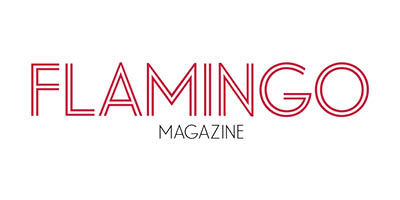Nobody likes ads, except maybe the creatives and marketers who make them (and if they were honest we’d probably find that a good number of them would count themselves among the 615 million devices using an adblocker).
Ads are annoying, especially the banners and interstitials and video ads that make it impossible for you to read that article you just clicked on. It’s no surprise that the adoption rate of ad blockers is skyrocketing.
Also on Mediabistro


And now with Chrome’s recently announced “ad filter” (essentially a blocker of the most annoying forms of ads), the days of disruptive ads may be coming to an end. That’s why many marketers have been turning to native advertising to reach their target audiences.
However, despite the increasing need for advertisers to turn to native advertising, 55% of marketers don’t understand native advertising enough to make it a significant portion of their campaign budgets.
The first thing marketers need to understand is what their native advertising options are. There are a few different formats that native advertising takes.
In-feed Ads
This is probably the most popular format of native advertising. Platforms such as Facebook, Twitter, Yahoo, Snapchat, and Instagram contain native ads.
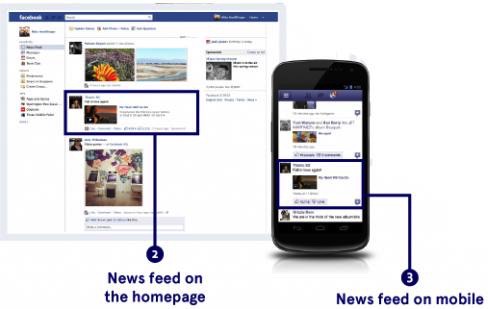
These can take either of the two forms: Sponsored content or in-feed promotions.
Sponsored content takes the form and function of other content appearing in that particular feed. Some of the best representation of sponsored content can be seen on BuzzFeed, Mashable, Forbes, and Gawker.
In-feed promotions appear in a feed but rather than behaving like content, it directly promotes and links to content on the site in question.
In-feed ad format is widely used by large social networks such as Facebook, Twitter, and LinkedIn to help them seamlessly present content (both user-generated and sponsored) in a way that doesn’t negatively impact the user experience.
Recommendation Widgets
While on different sites you might have noticed suggestions for related content you may be interested in. These recommendation widgets usually feature content that is contextually related to what you’re currently reading, but the content is from other brands and publishers not from the site you’re currently on.
Common phrases such as, “You may also like” or “Recommended for you,” are used to get you to read more without feeling forced.
These recommendation widgets are placed on sites via content discovery platforms like Outbrain, Taboola, Gravity and Disqus. Brands and publishers work with these platforms to serve and distribute recommended content.
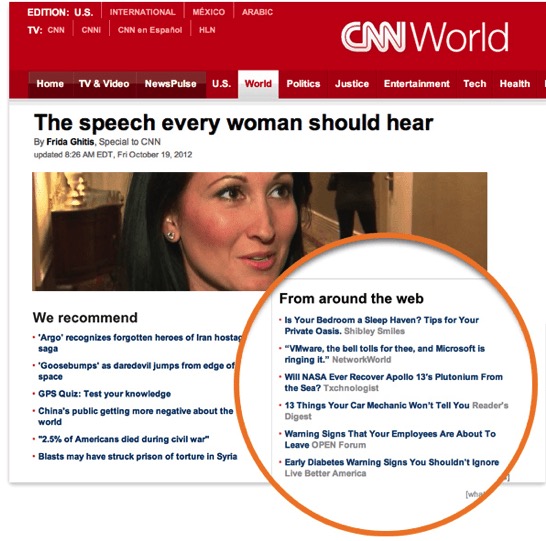
As advertisers continue to look for new avenues through which to distribute their content, recommendation widgets have quickly risen to be amongst the more popular native ad options.
With the widgets, sites can achieve their KPI goals and monetize the traffic they get by recommending content to consumers. Advertisers position themselves in front of this audience by paying to have their content featured on the widgets.
Promoted Listings
Rather than pushing content, promoted listings usually feature products or services, but they still meet the rule of native advertising that requires them to fit within the environment. Promoted listings are highly targeted and relevant, often based on the user’s recent behavior on the web. For instance, the post could be products from recently visited ecommerce sites or recent searches on Google.
Although they’re quite similar to in-feed promotions, promoted listings earn their distinct category because they appear on sites that don’t have traditional editorial content.
Examples of promoted listings can be found on sites like Amazon and Etsy.
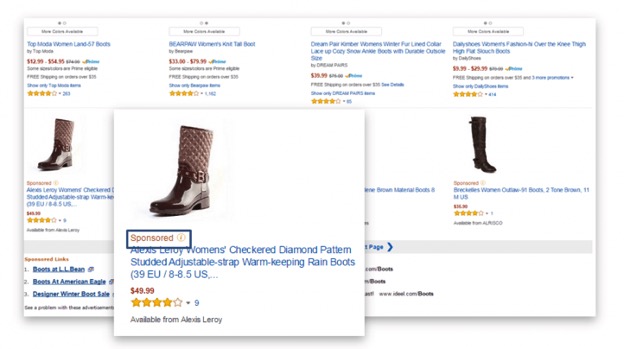
Paid Search Ads
You are probably very familiar with paid search ads; they’re direct-response ads that are promoted alongside search results. They qualify as native ads because they appear in a format and layout that matches the organic search results, even though they are indicated as sponsored.
Direct response ads are one of the first native ads formats and also the first to become popular among advertisers. Google Adwords is the biggest player in paid search, but Bing also offers a paid search ad platform.
Custom Content
While they are clearly a form of native advertising, some ads are too custom to be accommodated by any of the above native ads groups—thus, they are put in their own group.
Custom content includes everything else not already covered, but may also have characteristics of the other forms. With custom content, the advertiser and publisher team up to make websites with content that users might find relevant. With the ease of WordPress content plugins used on over 25% of websites, publishers can add native playlists, audio, video and posts with ease. Spotify and Flipboard are some of the platforms that offer this kind of native advertising.
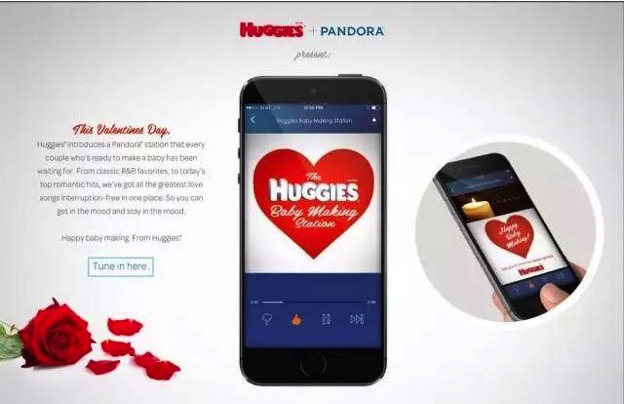
Sponsored content is also a form of custom content, but is more native in nature since it looks and feels just like all the other content on the site. Sometimes the sponsored content is written by the advertiser and just posted on the publisher’s site. However, many big publishers have dedicated editorial teams to create this content for the advertisers, so it not only looks like the publisher’s content, it sounds like it too.





